You may not realize: there is a very high probability your next car will be electric.

Transportation is one of the major contributors to greenhouse gases, alongside manufacturing, electricity and heating. Our environment would be much cleaner and safer if we could shift to cars that use clean energy. Over the years, there have been several improvements to gas cars to make them more efficient and reduce their overall carbon emissions.
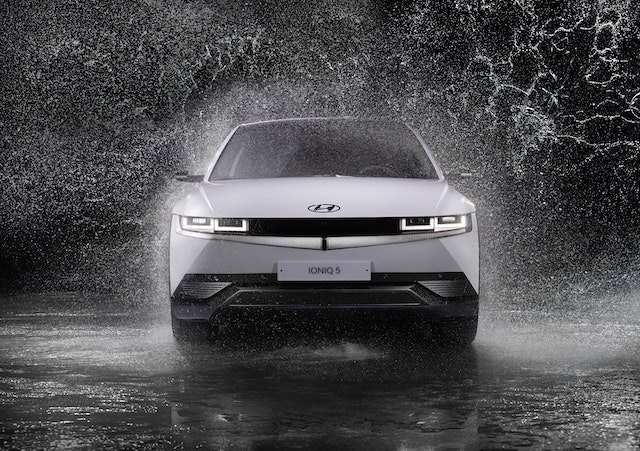

However, we seem to have reached the limit of the improvements that can be made to gas cars to reduce their greenhouse gas emissions, which pose a massive threat to our environment in the future. That is why there is an urgent need to shift to electric cars. The good news is that all the major players in the automotive industry seem to agree that electric cars are the future.


In the past ten years, all the major companies in the automotive industry have released several fully-electric or hybrid cars. Tesla is still the leader in this space because it started way earlier when everybody was still dismissing the potential of electric vehicles. In the US, Tesla currently has over 68% market share.
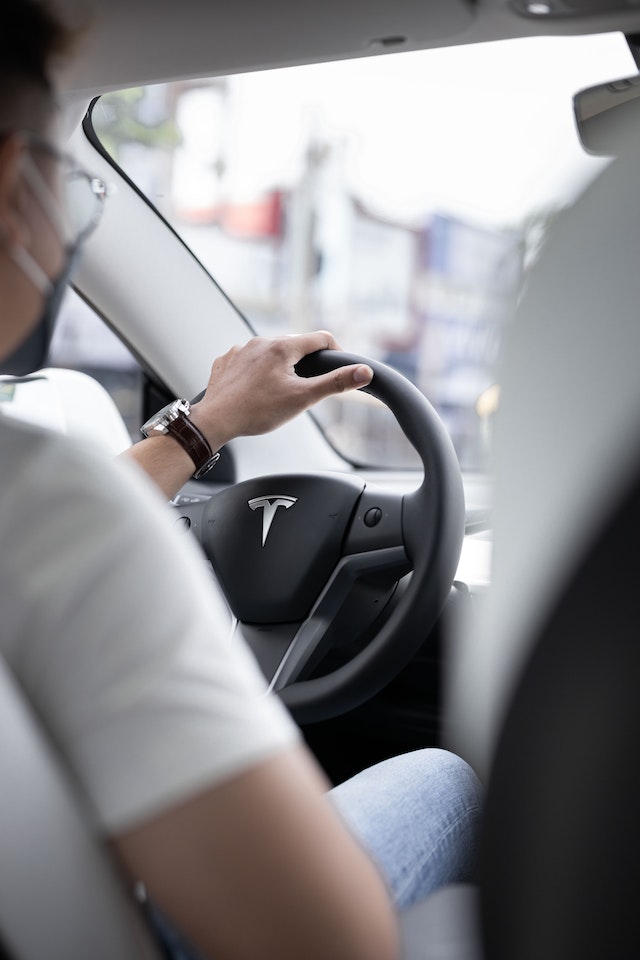

Besides Tesla, some new startups, such as Rivian and Lucid, are also playing a major role in the shift to EVs. The old players in the market have also set targets within which they plan to fully transform all the cars in their lineup into electric. Ford, GM, Jeep, Mercedes, and Volkswagen are all targeting 2030 as the year to transition all the passenger cars in their lineup to electric.
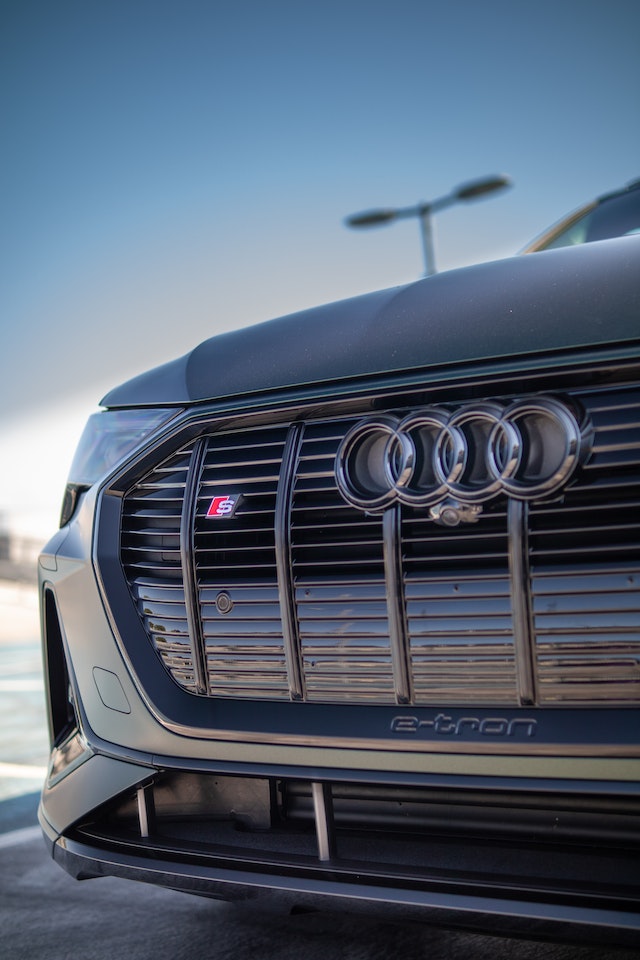

These companies are already investing billions of dollars in building battery manufacturing facilities and redesigning their factories to suit the manufacturing processes of EVs. The shift to EVs will take a couple of decades, but it is a worthy shift that we all need to embrace. In today’s article, we will explore all the major benefits of EVs and the limitations slowing the inevitable transition to EVs.
The benefits of EVs over gas cars
If you are planning to buy a brand-new car today or in the near future, there are chances that you are still not sure whether to buy an EV or a gas car. In this section, we will share all the reasons that make EVs superior and a better choice than gas cars.
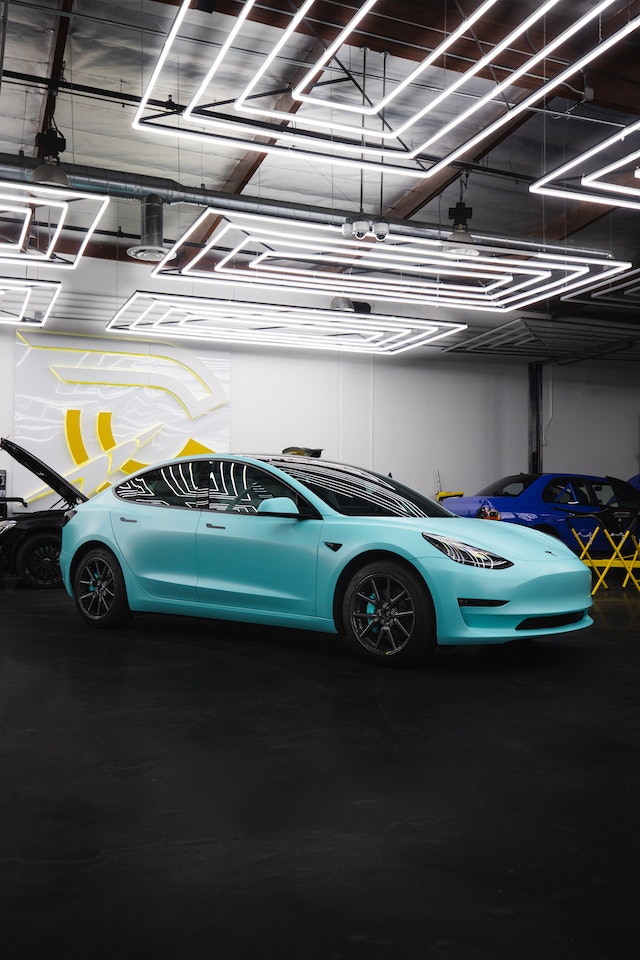

Zero emissions during usage
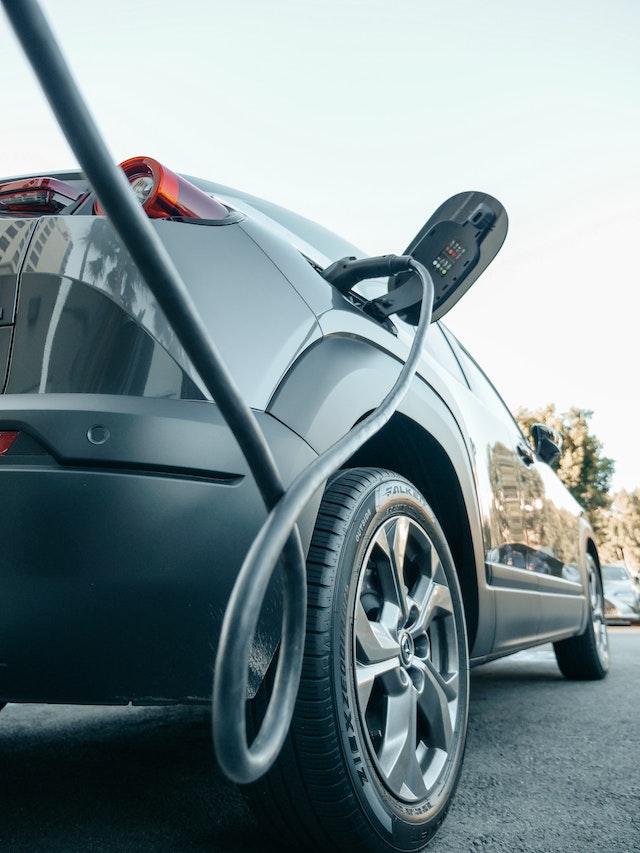

There are no greenhouse gases that directly come from electric cars during use. On the hand, A typical passenger gas car emits about 4.6 metric tons of carbon dioxide per year. These gases emitted by gas cars go into the atmosphere and can eventually lead to global warming over time. If you are someone who cares about the environment, the choice to buy an EV should be a no-brainer, even if they are slightly more expensive than gas cars.
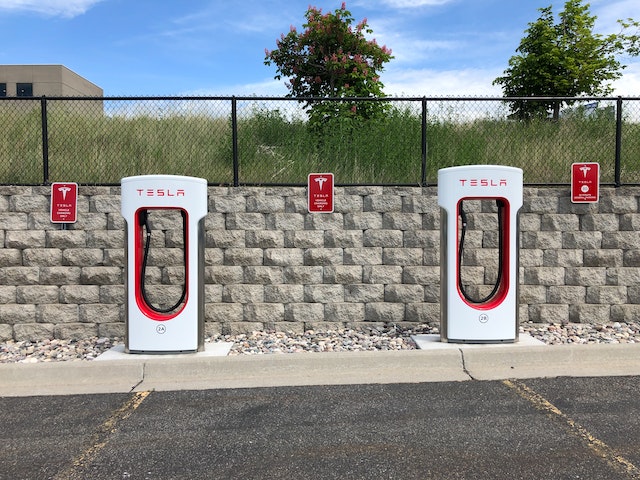

Of course, EVs use electricity that is mainly generated from unclean energy sources like coal and natural gas power plants. But even when you include these indirect emissions, EVs still have a way lower carbon footprint than gas cars. The direct and indirect carbon footprint of EVs will soon come closer to zero as we transition to much cleaner energy sources like wind and solar.
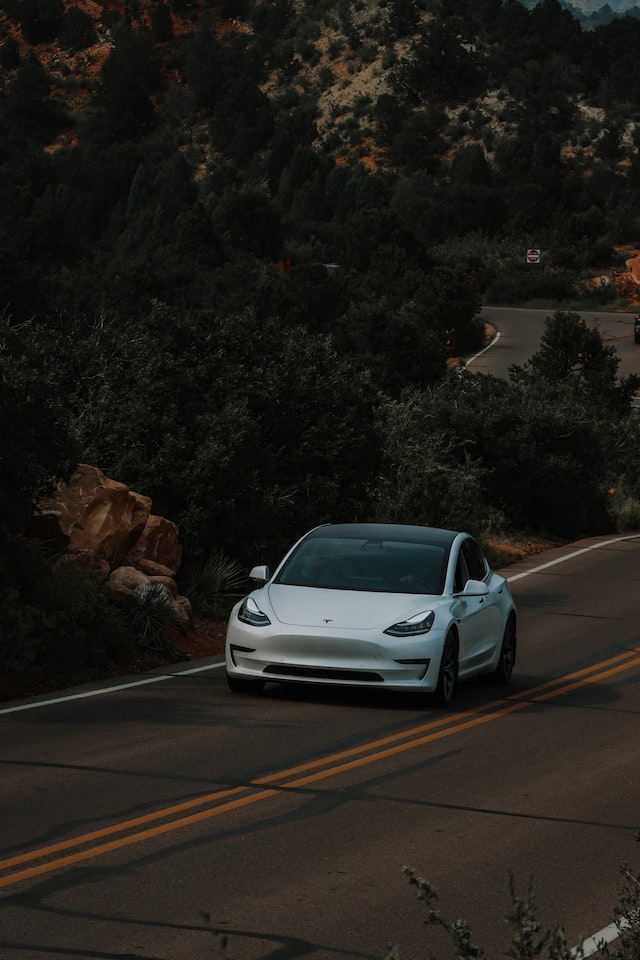

At that point, the argument that indirect emissions caused by EVs charging from power generated using unclean sources will no longer be valid. In countries like Norway, where over 98% of their electricity comes from renewable energy sources, EVs practically have zero direct or indirect carbon emissions.
Cheaper maintenance
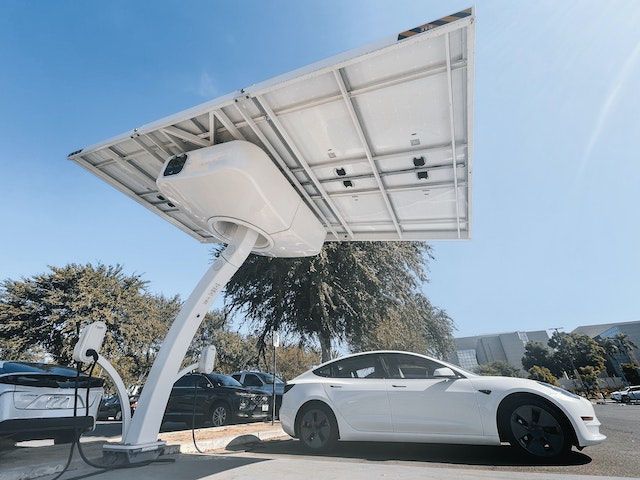

Electric vehicles are still more expensive to purchase, but the cost of maintaining them, in the long run, is way lower than that of gas cars. First of all, there is a huge difference between the price of gas and the charging of EVs, whether you use the power at home or a supercharger in your country’s charging network. Generally, charging an EV is about 3.5 to 5 times cheaper than fueling your car with diesel or petrol, depending on your country.


Besides the gas prices, EVs also need less maintenance than gas cars. The most vulnerable parts of gas cars that usually need maintenance are mostly related to the engine. With EVs, you won’t have to deal with all the maintenance of all the engine-related parts because they don’t exist.
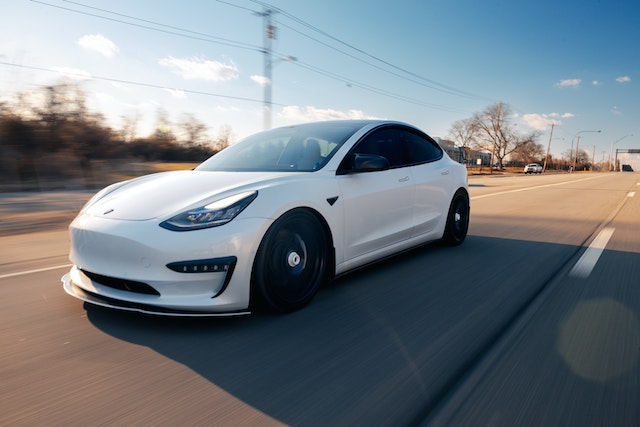

The parts responsible for driving EVs, including the battery and motor, don’t need regular maintenance. However, you are recommended to do periodic checks to ensure they are in good working conditions. You might also have to regularly check the breaks and tires after some time. But overall, EVs don’t need the periodic maintenance done on gas cars.
Better driving experience
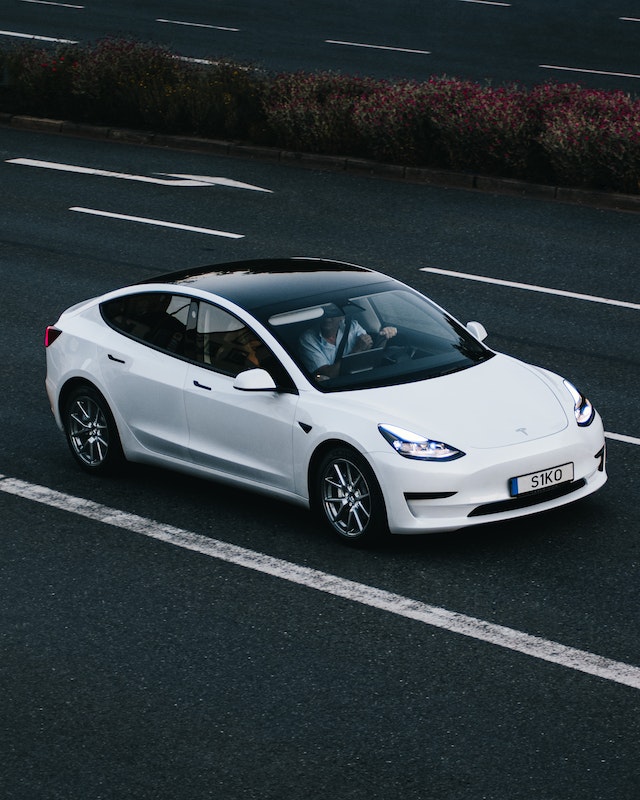

The experience of driving an electric car is way better than a gas car. The first thing you will notice is the quietness of the car since it doesn’t have an engine that generates noise while driving. If you are fun of silent vehicles, you will surely love the experience of driving EVs. Electric cars also have linear acceleration, making the process of increasing speed very smooth.
The linear acceleration is because EVs don’t have any gear transmission system, whether manually or automatically. Once you start driving it, speeds will gradually increase from zero to the maximum the more you press the accelerator. This is one of the first things everyone transitioning from gas cars to EVs experiences.
Newer EVs also have fast acceleration than gas cars. Most high-end EVs can reach 0-60mph in less than 4 seconds, which is incredibly fast. The updated Tesla Model S moves from 0-60mph in less than two seconds, making it the first production car to reach this milestone. In the early days, people never thought EVs would ever be faster than gas cars. But thanks to the efforts of companies like Tesla and Porsche, we now have sports EVs that can compete with gas cars.
Another aspect of the driving experience that makes EVs better is single-pedal driving. Some newer EVs and hybrids have single-pedal driving capabilities that make it possible to drive the car with a single pedal (the accelerator) most of the time. Single-pedal driving allows you to drive your vehicle entirely without stepping on the brake pedal.
They have more innovative features.
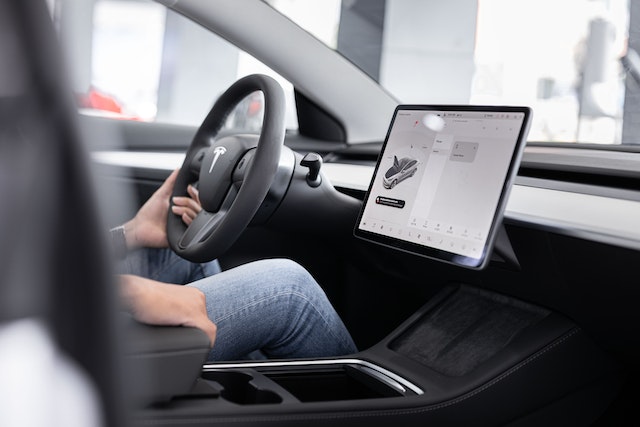

Since most car manufacturers are planning to shift to EVs, that is where they are investing most of their resources. Most of the newer EVs come with cool features such as self-driving, which gives you the freedom to sit in the car and let it drive you to your desired destination. Of course, some gas cars have this feature too, but it comes as a standard in most EVs today.


It should be noted that the self-driving capabilities for most cars are still at level 3 and below. That means they are not fully autonomous, so you must pay attention to the road even when the vehicle is in self-driving mode. The race to put the first fully autonomous car on mainstream roads is still ongoing. Experts predict that we could see the first fully autonomous cars by 2030, which will most likely be electric.
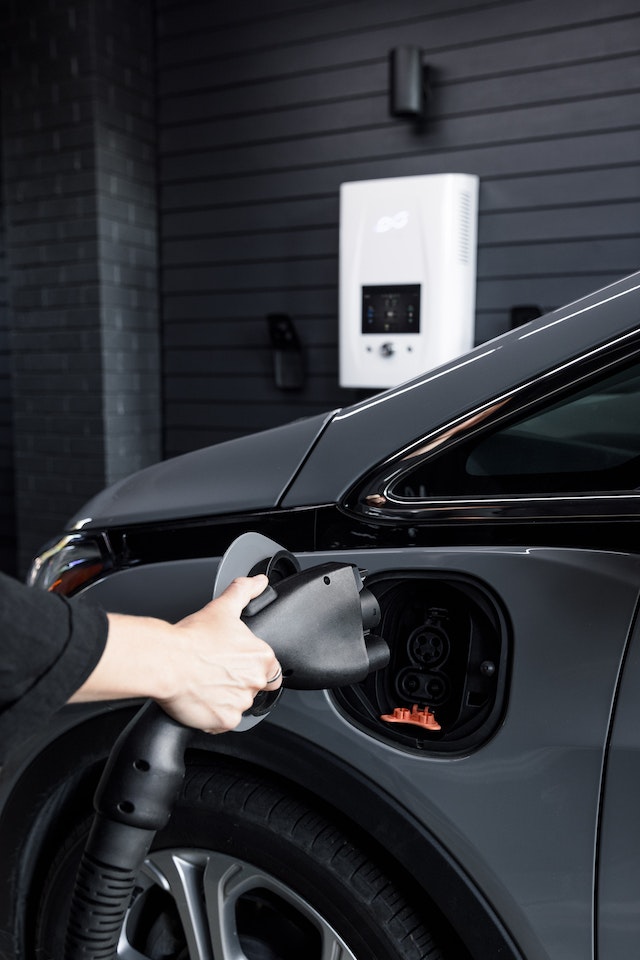

You can use it to power your home.
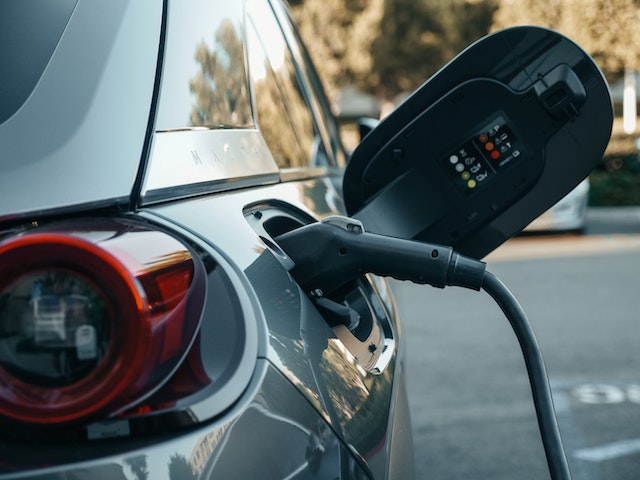

Some electric cars have huge batteries, making it possible to power your entire home for a few days. However, this feature is currently available on only a few trucks, such as the Ford F150 Lightning and the Chevrolet’s Silverado EV. These trucks support reverse wireless charging, which also allows you to charge other EVs.


The Ford F150 Lighting has a 131kWh battery, allowing you to power your house for close to 10 days if you don’t use much power. It can also power standard home in the US for up to 3 days with everything turned on. We expect more EVs to support this feature, especially trucks that usually have relatively large batteries.
More storage space
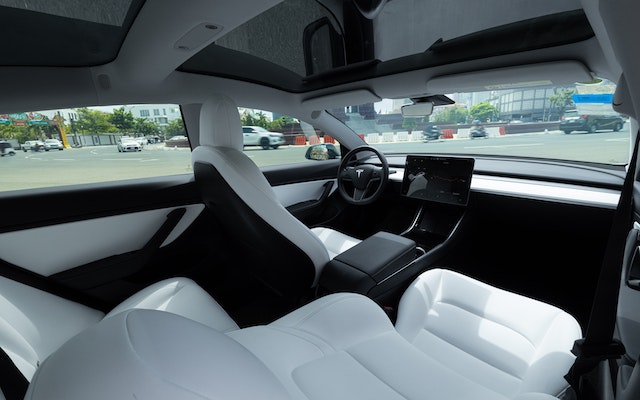

Another benefit of electric vehicles over gas cars is the amount of storage space they offer. The front trunk of EVs is provided as storage space since EVs don’t have an engine and the rest of the accompanying parts that enable the engine to operate. This extra space can be handy for family trips that require moving with a lot of luggage.
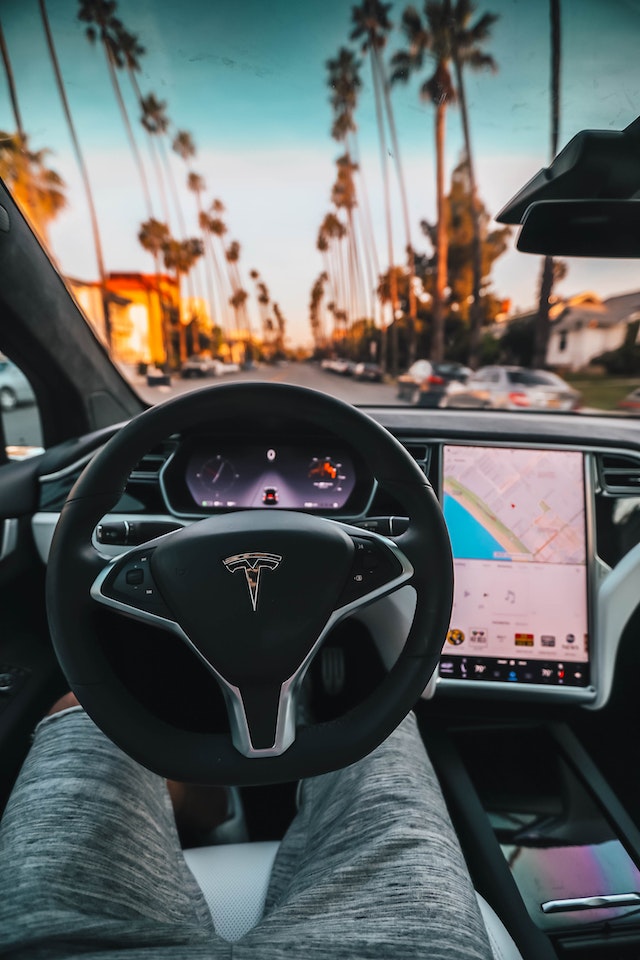

The drive train of EVs is also smaller, allowing room for more space inside the car. Overall, you will notice that electric cars are more spacious and offer more storage than gas cars. If you are someone that values the extra space in a car, then getting an EV should be a no-brainer.
Limitations of EVs
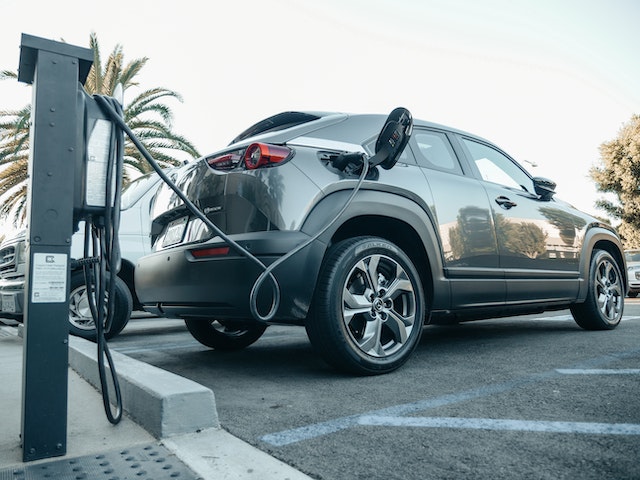

Despite having many benefits, EVs still have a couple of drawbacks that need to be addressed by the relevant stakeholders in order to boost their adoption rate. Some of the major limitations that EVs face include the following.
Production costs are still high.
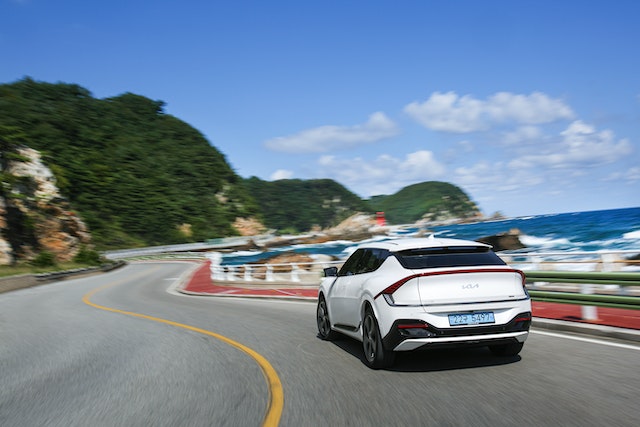

Just like any new technology, a good number of components used in EVs are pretty unique, which makes it incredibly expensive to design and manufacture them. For example, manufacturing large batteries with over 100kWh of energy storage and fast charging speeds is still very expensive.
These costs are later transferred to the final consumers, which in the end, leads to high market prices. There are not so many EVs that you can buy today for under $50,000. However, if EVs are to become mainstream, there is a need to have options that are at least below the $30,000 price point. There are plenty of Toyota, Nissan, and Subaru gas car models that you can buy for under $30,000.
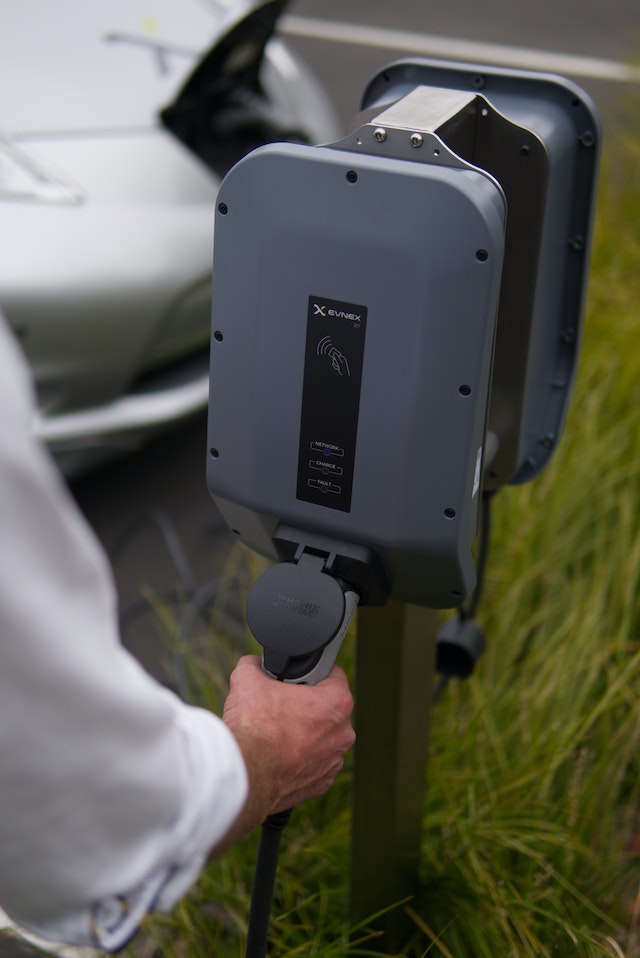

People on a budget will always go for such cars over EVs despite their many benefits. The good news is that many players have joined the EV space, which will pretty much guarantee more competition and more research regarding finding solutions for the high production costs. We will likely see more affordable EVs released within 5 to 10 years.
The charging network is still limited.


If you buy an EV today, one of the main challenges you will face is charging it, especially if you can’t charge it overnight from your home or hotel. The charging network in most countries is still very limited, more so for non-Tesla EVs. Developing countries in Africa, Asia, and South America don’t even have any charging networks.
It is incredibly challenging to own an EV in regions that don’t have reliable charging networks. Of course, for people living in developed cities like London, New York, or Beijing, charging networks may not be an issue to you because superchargers are almost everywhere in these cities.
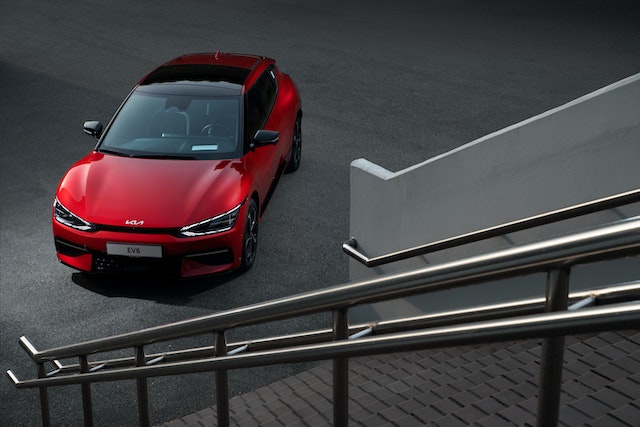

On top of the limited charging networks, the charging times are also still way below the time one requires to fill a gas car fuel tank. Even at the superchargers, most EVs need more than one to charge the battery fully. You will have to consider the charging time when planning your trips.
Final thoughts
Despite the few drawbacks like slow charging speeds and high prices, EVs are still the best cars to buy if you care about the environment. If you purchase an EV, you will also enjoy several other benefits, including more innovative features like self-driving, less noise while driving, more storage space, low maintenance costs, and more
It should also be noted that the overall lifecycle costs of an EV are lower, making it a better choice in the long run, even if its purchasing price is high. Overall, you will have a much better experience owning an EV than a gas car.



